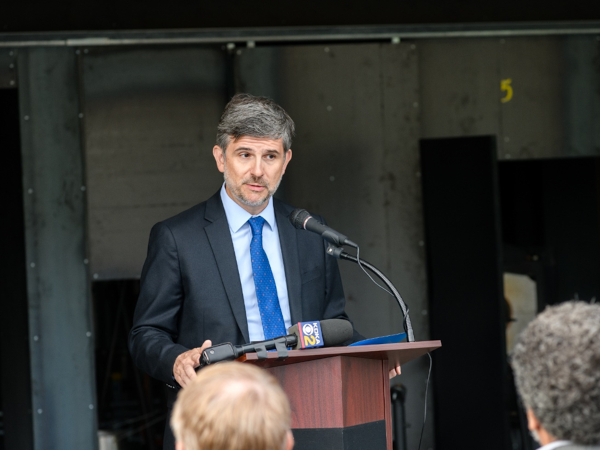Date: 3 February 2003
Excluding this charge, net income was $98 million, or 57 cents a share. Sales were $1.99 billion.
This compares with fourth quarter 2001 net income of $83 million, or 49 cents a share, on sales of $1.91 billion.
For all of 2002, PPG recorded a net loss of $69 million, or 41 cents a share, including one-time after-tax charges of: $484 million, or $2.85 a share, for the asbestos settlement; $52 million, or 31 cents a share, for restructuring; and $9 million, or 5 cents a share, for the cumulative effect of a required accounting change.
Excluding these items, net income was $476 million, or $2.80 a share. Sales were $8.1 billion. Net income for 2001 was $387 million, or $2.29 a share, including a $71 million after-tax restructuring charge. Excluding the charge, equaling 42 cents a share, income was $458 million, or $2.71 a share. Sales were $8.2 billion.
"We expect the global economic environment to be challenging once again in 2003," said Raymond W. LeBoeuf, PPG chairman and CEO. "Nevertheless, we remain committed to further improvements in our cost structure and cash flow. Last year, we lowered manufacturing and overhead costs by about $140 million, reduced debt by more than $400 million and increased our dividend payments for the 31st consecutive year. We expect another year of strong cash flow in 2003, which will allow us to reduce debt and increase our financial flexibility."
Consistent with previous disclosures, fourth quarter 2002 earnings included approximately 11 cents a share of higher pension and retiree medical costs, which were partially offset by the required accounting change eliminating goodwill amortization of 5 cents a share.
Fourth quarter 2002 sales increased $35 million, or 3 percent, in the coatings segment due to stronger volumes in architectural and industrial coatings and the strengthening of foreign currencies. Operating earnings were up 7 percent as a result of higher prices, lower raw material costs and the benefit of goodwill no longer being amortized. This was offset in part by higher pension and retiree medical costs and higher selling costs for the architectural business.
Glass sales increased slightly and earnings rose $7 million from overhead reductions and greater manufacturing efficiencies, despite lower prices and higher pension and retiree medical costs.







Add new comment